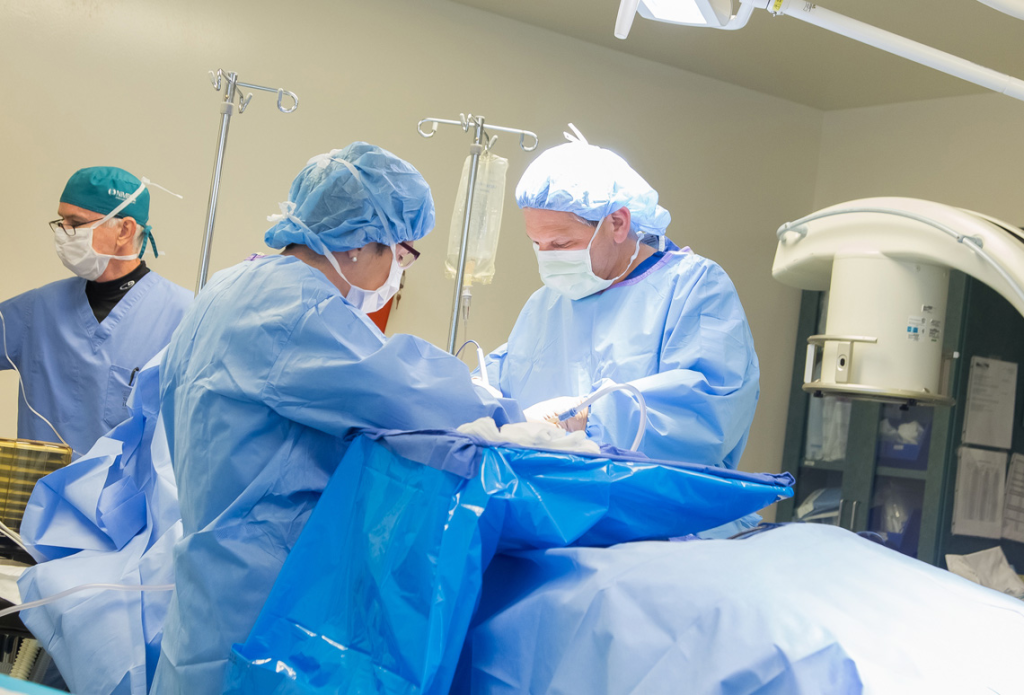A spine surgery center can help you get the treatment and care you need to recover from your back problem and live a more comfortable life.
If you are injured and need spinal surgery, you want to make sure you go to a spine surgery center. A spine surgery center is a specialized hospital that specializes in spinal surgeries. They have the necessary equipment and experience to operate on your spine safely and thoroughly. If you’re looking for treatment for the Spine, visit Neurosurgeonhawaii.

Image Source: Google
Here’s what to look for when choosing a spine surgery center:
– Experience: The best spine surgery centers have years of experience performing these types of surgeries. Make sure the staff has experience working with patients who have back pain or neck pain.
– Facilities: Make sure the spine surgery center has state-of-the-art facilities. They should have an experienced team of doctors and nurses equipped with the latest medical technology.
– Equipment: The spine surgery center should have all the necessary equipment needed for spinal surgeries, including surgical tools, imaging machines, and anesthesia machines.
There are many types of spine surgeries, each with its own benefits. Here’s a brief overview of some of the most common procedures:
1. Spinal fusion is a popular procedure that combines two or more broken vertebrae into one solid piece. This helps reduce pain and improve function. Fusion may be done in stages, depending on the patient’s symptoms and medical history.
2. Spinal decompression is another common type of surgery. It involves removing pressure from the spinal cord by either breaking or cutting through discs between the vertebrae. Decompression can help relieve pain and help restore mobility in the affected area.
3. Interbody fusion is similar to spinal fusion, but it involves joining two or more vertebrae together instead of combining them into one piece. This approach has a higher success rate than spinal fusion, but it also carries a greater risk of requiring additional surgery down the line.
